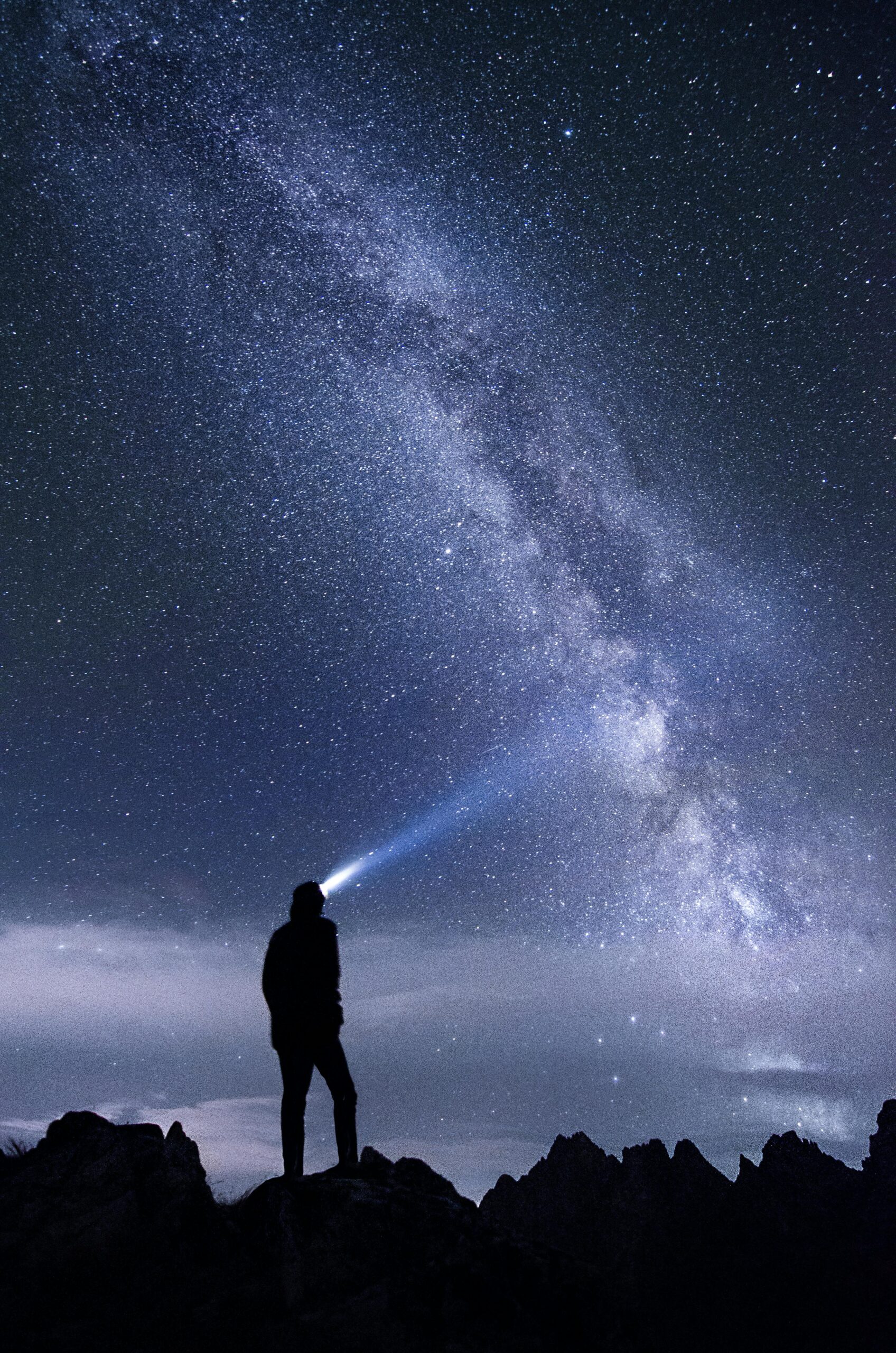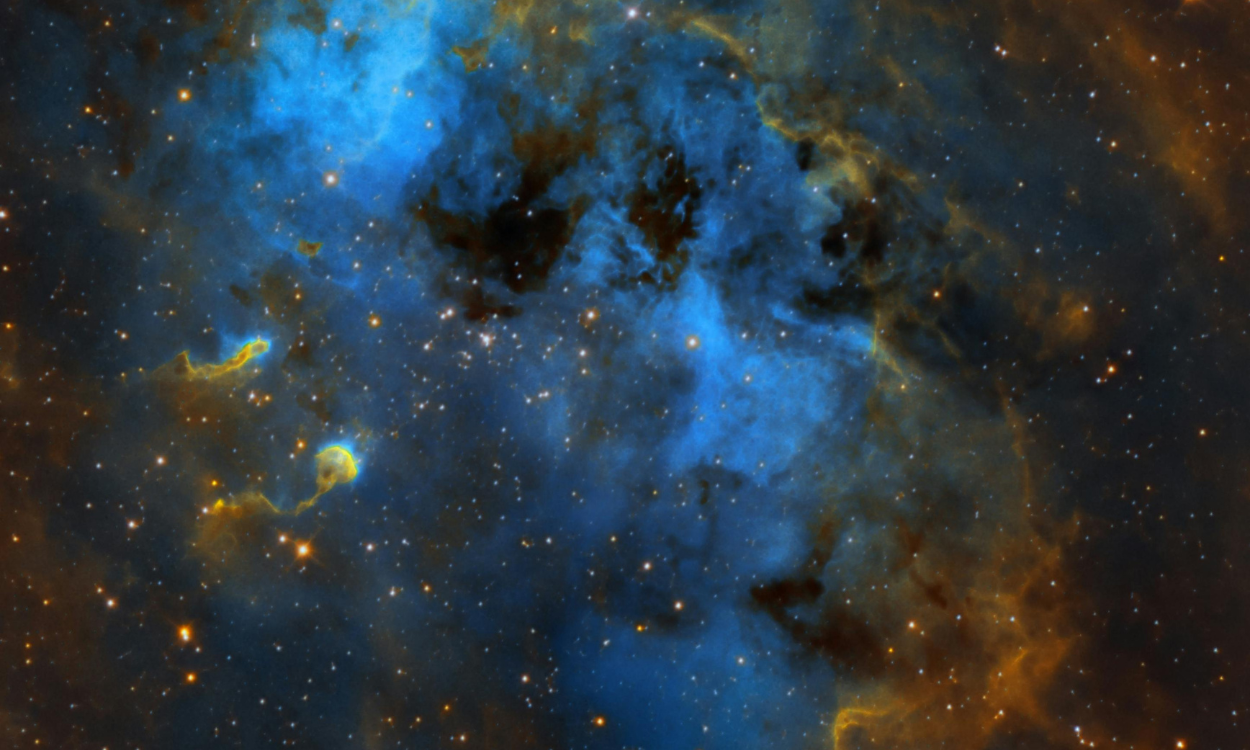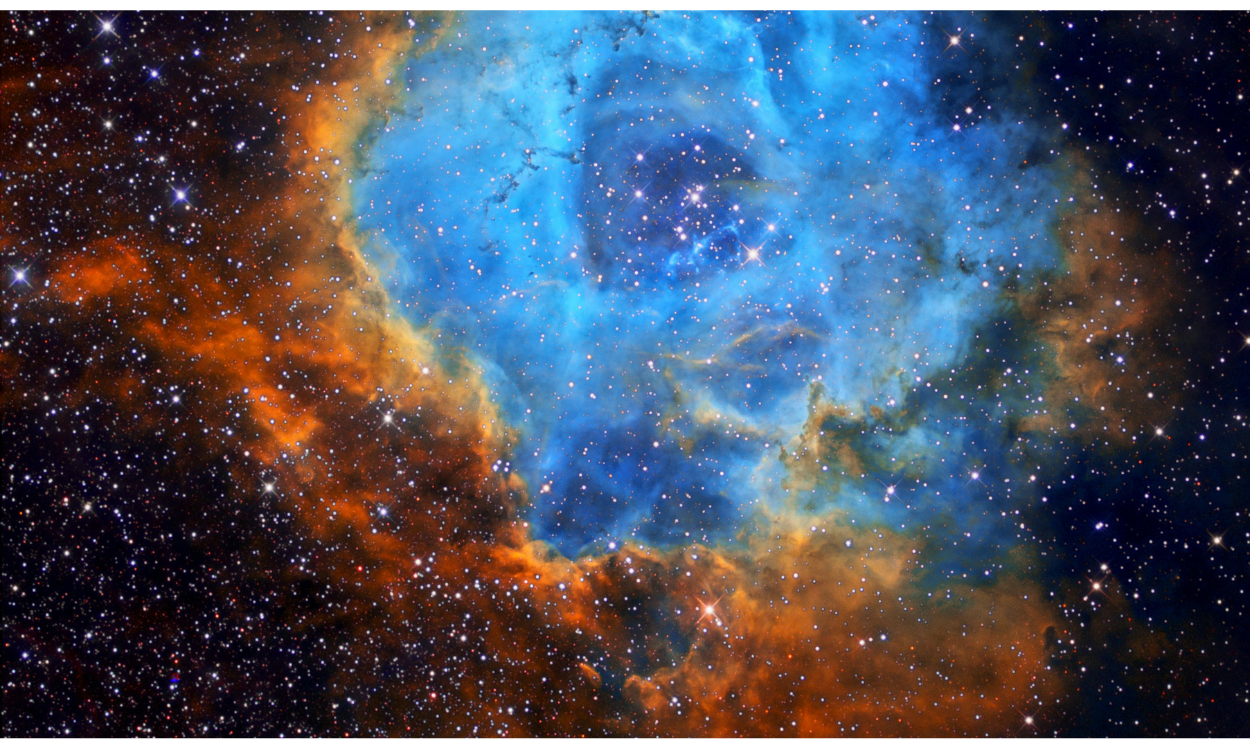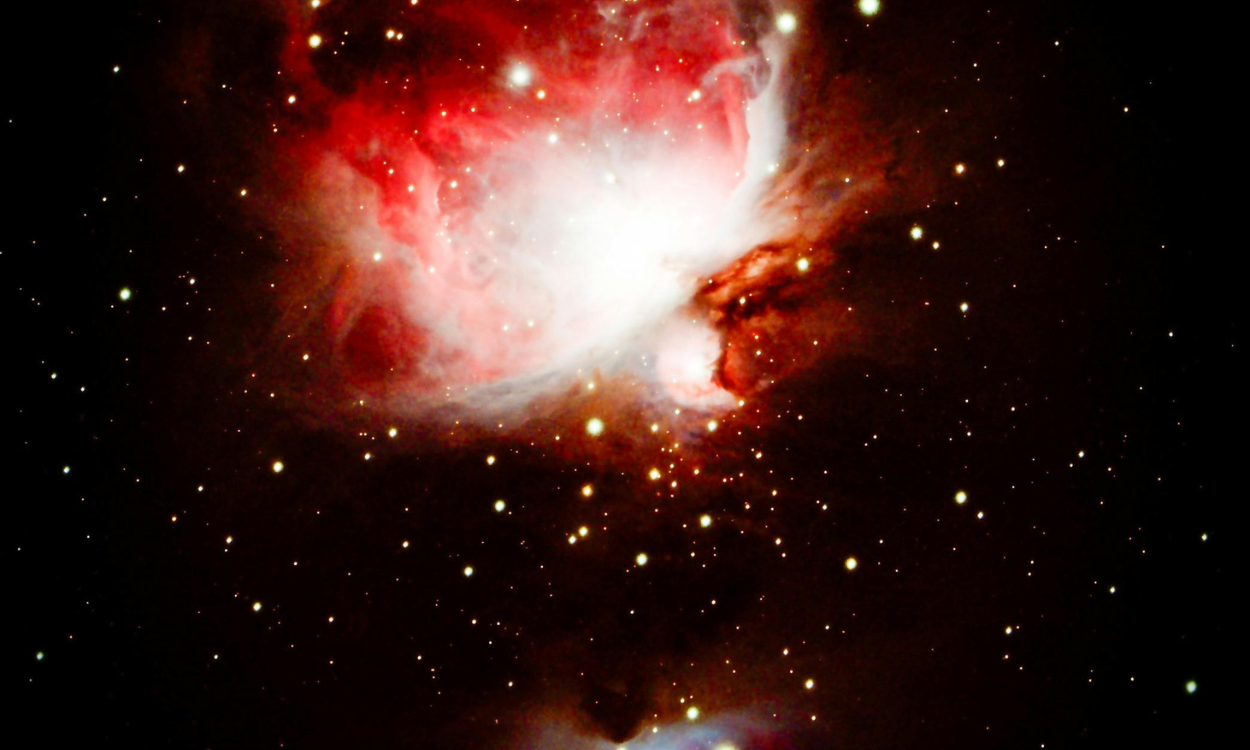The universe is a vast, mysterious expanse filled with wonders that have intrigued humanity for centuries. Among the many celestial bodies that inhabit this cosmic ocean, two galaxies stand out not only for their grandeur but also for their fascinating interrelationship: the Milky Way and Andromeda. The story of these two galaxies is a cosmic journey that spans billions of years, filled with dramatic encounters, awe-inspiring events, and a future that could forever change the night sky. In this article, we will delve into The Fascinating History of the Milky Way and Andromeda: A Cosmic Journey, exploring the origins, evolution, and eventual fate of these two giant galaxies.
Table of Contents
The Birth of the Milky Way and Andromeda
The history of the Milky Way and Andromeda begins in the early days of the universe, approximately 13.8 billion years ago. Following the Big Bang, the universe was a hot, dense soup of particles. Over time, these particles began to coalesce under the influence of gravity, forming the first stars and galaxies. The Milky Way and Andromeda, like all galaxies, began as small, irregular collections of stars, gas, and dark matter.
The Milky Way, our home galaxy, is estimated to have formed around 13.6 billion years ago. It started as a protogalaxy, a small cloud of gas and dark matter that gradually attracted more material, growing in size and complexity. Over billions of years, it merged with smaller galaxies, building up its mass and eventually taking on the familiar spiral shape we recognize today.
Andromeda, the nearest spiral galaxy to the Milky Way, has a similar origin story. It is believed to have formed around the same time as the Milky Way, also through the merger of smaller protogalaxies. Like the Milky Way, Andromeda grew larger and more structured over time, developing into the massive spiral galaxy that we observe today.
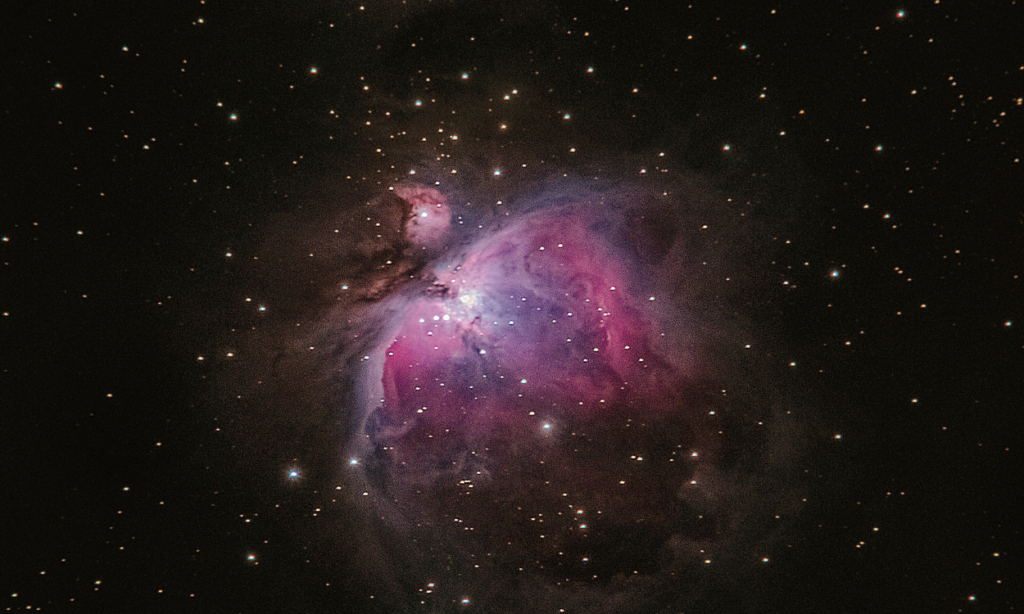
A Cosmic Dance: The Relationship Between the Milky Way and Andromeda
One of the most intriguing aspects of The Fascinating History of the Milky Way and Andromeda: A Cosmic Journey is the relationship between these two galaxies. The Milky Way and Andromeda are part of a group of over 50 galaxies known as the Local Group. They are by far the two largest members of this group, with Andromeda being slightly larger and more massive than the Milky Way.
For billions of years, the Milky Way and Andromeda have been gravitationally bound to each other, engaged in a slow cosmic dance. This gravitational attraction is not static; the two galaxies are on a collision course, moving towards each other at a speed of about 110 kilometers per second. This impending collision is one of the most significant future events in the history of our galaxy.
The Future Collision: A Cosmic Event
In approximately 4.5 billion years, the Milky Way and Andromeda will collide in a spectacular event that will reshape both galaxies. This collision is a central chapter in The Fascinating History of the Milky Way and Andromeda: A Cosmic Journey. Despite the dramatic nature of this event, it is unlikely that individual stars within the galaxies will collide due to the vast distances between them. Instead, the gravitational forces at play will cause the stars to be flung into new orbits, creating a chaotic yet beautiful new structure.
The result of this collision will likely be the formation of a new, larger galaxy. This new galaxy, often referred to as “Milkomeda” or “Milkdromeda,” will be an elliptical galaxy, a type of galaxy that is more spherical in shape compared to the flat, disk-like structure of spiral galaxies. The collision will also trigger a burst of star formation, as clouds of gas and dust are compressed by the gravitational forces.
For any intelligent beings observing this event from within the Milky Way or Andromeda, the night sky will change dramatically. The familiar structure of the Milky Way will be replaced by a more chaotic and densely packed sky, filled with the light of newly formed stars.
The Role of Dark Matter in the Milky Way and Andromeda
Dark matter, the mysterious substance that makes up about 85% of the matter in the universe, plays a crucial role in The Fascinating History of the Milky Way and Andromeda: A Cosmic Journey. Both the Milky Way and Andromeda are surrounded by massive halos of dark matter, which exert a gravitational influence far beyond the visible parts of the galaxies.
These dark matter halos are not only responsible for the formation and structure of the galaxies but also for their eventual collision. The gravitational pull between the Milky Way and Andromeda is largely due to the dark matter halos that encompass them. As these halos interact, they draw the galaxies closer together, setting the stage for their eventual merger.
While dark matter remains one of the great mysteries of modern astrophysics, its impact on The Fascinating History of the Milky Way and Andromeda: A Cosmic Journey cannot be overstated. Understanding dark matter is key to understanding the dynamics of these galaxies and their ultimate fate.
Observing the Milky Way and Andromeda Today
For those interested in exploring The Fascinating History of the Milky Way and Andromeda: A Cosmic Journey, both galaxies offer ample opportunities for observation. The Milky Way, being our home galaxy, can be observed from almost anywhere on Earth. On a clear, dark night, far from city lights, the Milky Way appears as a hazy band of light stretching across the sky, a reminder of the countless stars and cosmic dust that make up our galaxy.
Andromeda, while much farther away, is still visible to the naked eye under the right conditions. Located about 2.537 million light-years from Earth, Andromeda is the most distant object that can be seen without a telescope. It appears as a faint, elongated smudge in the sky, a testament to its immense size and luminosity. For amateur astronomers, Andromeda is a popular target, and with even a small telescope, one can observe its bright core and spiral structure.
The Significance of the Milky Way and Andromeda in the Study of Galaxies
The Fascinating History of the Milky Way and Andromeda: A Cosmic Journey is not just a tale of two galaxies; it is a window into the broader study of galactic evolution. By studying the Milky Way and Andromeda, astronomers gain insights into the processes that shape galaxies over billions of years. These two galaxies serve as laboratories for understanding galaxy formation, the role of dark matter, and the eventual fate of galaxies.
The impending collision of the Milky Way and Andromeda also provides a unique opportunity to study the effects of galactic mergers. While galaxy collisions are common in the universe, the upcoming Milky Way-Andromeda merger will be one of the few instances where such an event can be observed in detail, providing invaluable data for scientists.
Conclusion
The Fascinating History of the Milky Way and Andromeda: A Cosmic Journey is a story that captures the imagination, spanning from the birth of these galaxies in the early universe to their eventual collision billions of years from now. As we look up at the night sky, we are reminded that we are part of a vast, dynamic cosmos, where even the mightiest galaxies are not static but are constantly evolving, moving, and interacting.
The Milky Way and Andromeda, with their rich histories and intertwined futures, offer a glimpse into the grandeur of the universe. Their story is one of creation, evolution, and transformation—a cosmic journey that continues to unfold, inviting us to explore and understand the deeper mysteries of the cosmos.

